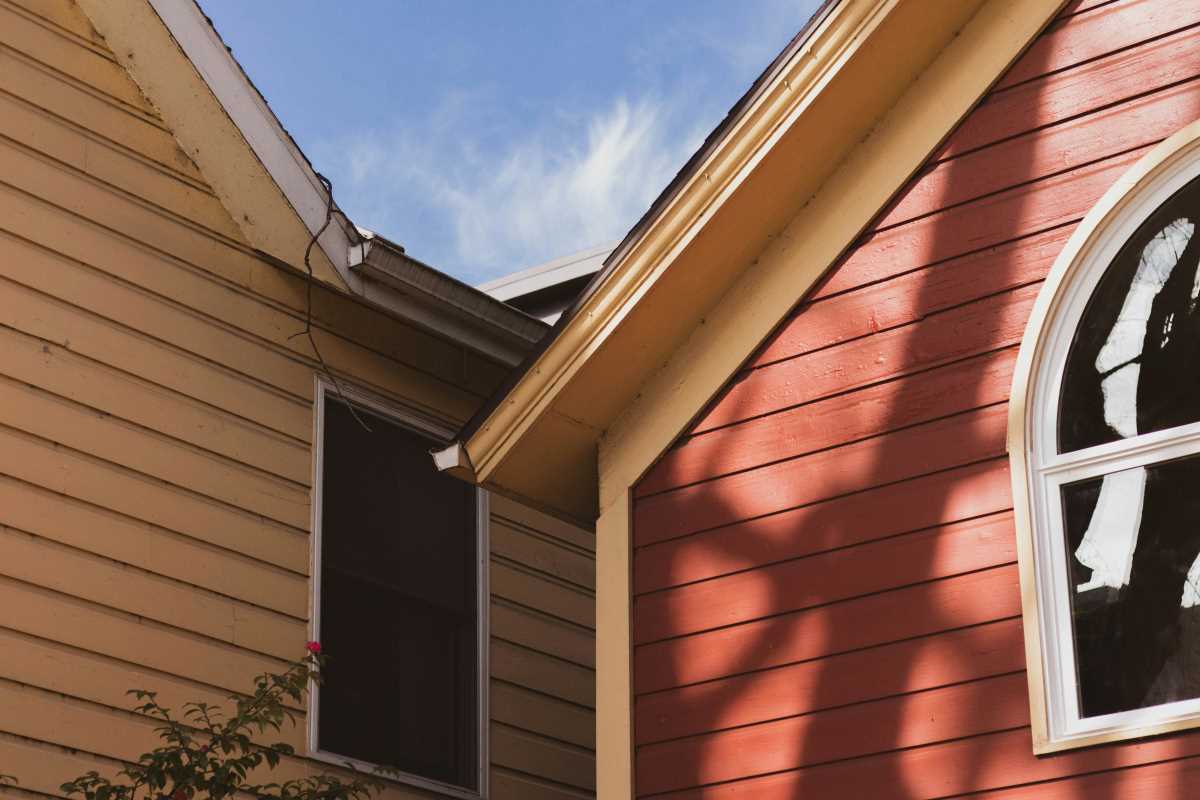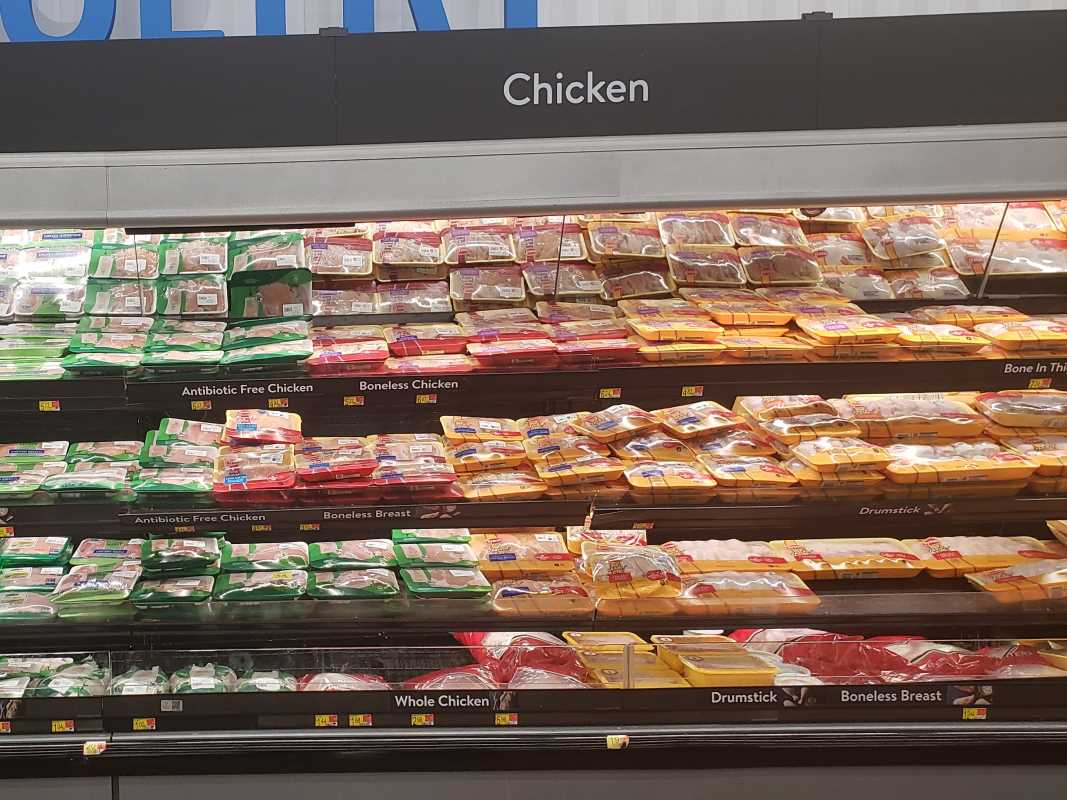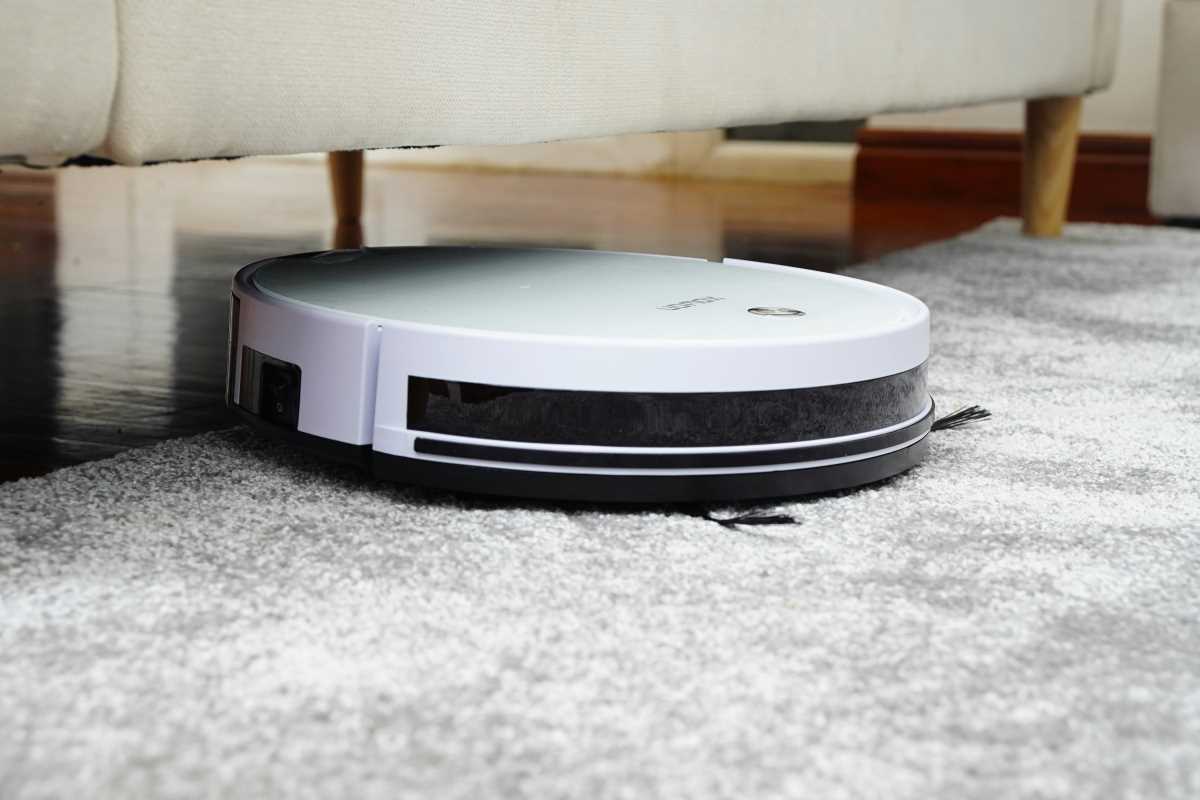As the crisp air of fall begins to set in and winter looms on the horizon, it’s time to start preparing your home for the colder months ahead. Creating a fall and winter home maintenance checklist is essential for ensuring that your home remains safe, comfortable, and energy-efficient throughout the season. This guide will walk you through the key tasks to include in your checklist, helping you to protect your home and avoid costly repairs.
1. Inspect and Clean Gutters
One of the most important tasks to tackle as the leaves begin to fall is gutter maintenance. Clogged gutters can lead to water damage, roof leaks, and even foundation issues if left unattended. Make sure to clear out any leaves, twigs, and debris from your gutters and downspouts. It’s also a good idea to inspect for any damage or sagging that may need repair. Proper gutter maintenance ensures that rainwater and melting snow are effectively directed away from your home.
2. Check and Seal Windows and Doors
Drafty windows and doors can significantly increase your heating costs during the colder months. Inspect all windows and doors for cracks, gaps, and worn-out weatherstripping. Seal any gaps with caulk or replace weatherstripping as needed to prevent cold air from entering your home. This simple step can improve your home’s energy efficiency and keep your living spaces warm and cozy.
3. Service Your Heating System
Before the temperatures drop, it’s crucial to ensure that your heating system is in good working order. Schedule a professional inspection and service for your furnace or heat pump. This should include checking for leaks, cleaning filters, and making sure all components are functioning properly. If you have a fireplace or wood stove, now is also the time to have it cleaned and inspected by a professional. A well-maintained heating system not only keeps your home warm but also reduces the risk of carbon monoxide poisoning and other hazards.
4. Inspect the Roof
Your roof is your home’s first line of defense against the elements, so it’s essential to make sure it’s in good condition before winter arrives. Inspect your roof for any loose or damaged shingles, flashing, or tiles. If you notice any issues, have them repaired promptly to prevent leaks and water damage during the winter months. Don’t forget to check the condition of your attic insulation as well, as proper insulation helps to regulate your home’s temperature and prevent ice dams.
5. Prepare Your Plumbing
Cold temperatures can cause pipes to freeze and burst, leading to significant water damage. To prevent this, insulate any exposed pipes, especially those in unheated areas like basements, attics, and garages. It’s also a good idea to disconnect and drain outdoor hoses, and turn off the water supply to exterior faucets. If you’re planning to be away during the winter, consider keeping your thermostat set to at least 55°F to prevent your pipes from freezing.
6. Test Smoke and Carbon Monoxide Detectors
As you prepare to use your heating system, fireplace, or space heaters more frequently, it’s essential to ensure that your smoke and carbon monoxide detectors are functioning properly. Test each detector in your home and replace the batteries if needed. It’s also a good idea to replace detectors that are more than 10 years old. These devices are critical for your family’s safety, especially during the colder months when the risk of fire and carbon monoxide poisoning increases.
7. Inspect and Clean the Chimney
If you have a fireplace or wood stove, your chimney should be inspected and cleaned annually to prevent the buildup of creosote, a highly flammable substance. A professional chimney sweep can remove creosote and other obstructions, reducing the risk of chimney fires. Additionally, make sure the damper is functioning correctly and that the chimney cap is in place to prevent animals and debris from entering your chimney.
8. Winterize Outdoor Spaces
As fall transitions into winter, it’s time to prepare your outdoor spaces for the cold weather. Start by cleaning and storing outdoor furniture, cushions, and grills to protect them from the elements. Drain and store garden hoses, and consider shutting off the water supply to exterior faucets to prevent freezing. If you have a sprinkler system, have it winterized by a professional to avoid damage. Additionally, inspect walkways and driveways for cracks and have them repaired to prevent further damage from freezing and thawing cycles.
9. Stock Up on Winter Supplies
Before the first snow falls, make sure you have all the necessary winter supplies on hand. This includes shovels, ice melt, snow blowers, and other tools to keep your walkways and driveways clear. It’s also a good idea to have a supply of firewood if you have a wood-burning fireplace or stove. Stocking up early ensures that you’re prepared for any winter storms that may come your way.
10. Prepare for Power Outages
Winter storms can often lead to power outages, so it’s important to be prepared. Consider investing in a generator to keep essential appliances running during an outage. Stock up on batteries, flashlights, and blankets, and make sure you have a supply of non-perishable food and water. Creating an emergency kit with essentials like first aid supplies, medications, and important documents is also a good idea.
Be Prepared
Creating a fall and winter home maintenance checklist is an essential part of preparing your home for the colder months ahead. By taking the time to inspect, repair, and prepare your home, you can ensure that it remains safe, comfortable, and energy-efficient throughout the season. These tasks not only protect your investment but also provide peace of mind, knowing that your home is ready to withstand the challenges of winter weather. So, roll up your sleeves, check off these items, and enjoy a cozy, worry-free winter in your well-maintained home.







